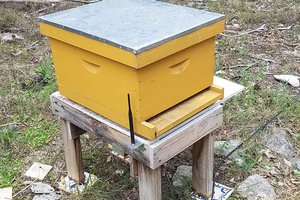I think it's important in projects to layout a set of goals and features that define when your project if finally feature set complete. The important parts:
- Range - should be as high as possible. We're going to aim for 40m operational.
- Visualization - of data is as important as getting it. Ease of access to the data is critical. API or easy output is required.
- Resolution - It doesn't do any good if we cant distinguish things. 1m resolution or better at operational limits.
- Samples - 60 beam sweep with raw data output to waterfall/C type display
The "I really want these" parts:
- 100m operational distance in water.
- GPS tie in (topside component) + onboard IMU
- OpenROV easy add-on and tie in with ROVCockpit
- OpenROV mount
- 0.5m resolution @ 100m
- Multi Pass per sweep (double data rate with averaging for better accuracy)
- Exportable to raw format for conversion to 3d heightmap models (proto typed in Unity 5)
- 200+ beam sweep for higher resolution
- Fish rejection
- Amplitude detection (able to determine how hard an object is in relation to it's surroundings)




 sparks.ron
sparks.ron
 Capt. Flatus O'Flaherty ☠
Capt. Flatus O'Flaherty ☠
 Walter Dunckel
Walter Dunckel
 Luke Beno
Luke Beno
I always wondered if these cheap 40kHz piezo transducers could be used for something like this. Really interested in you test results and if you can really detect something under water.